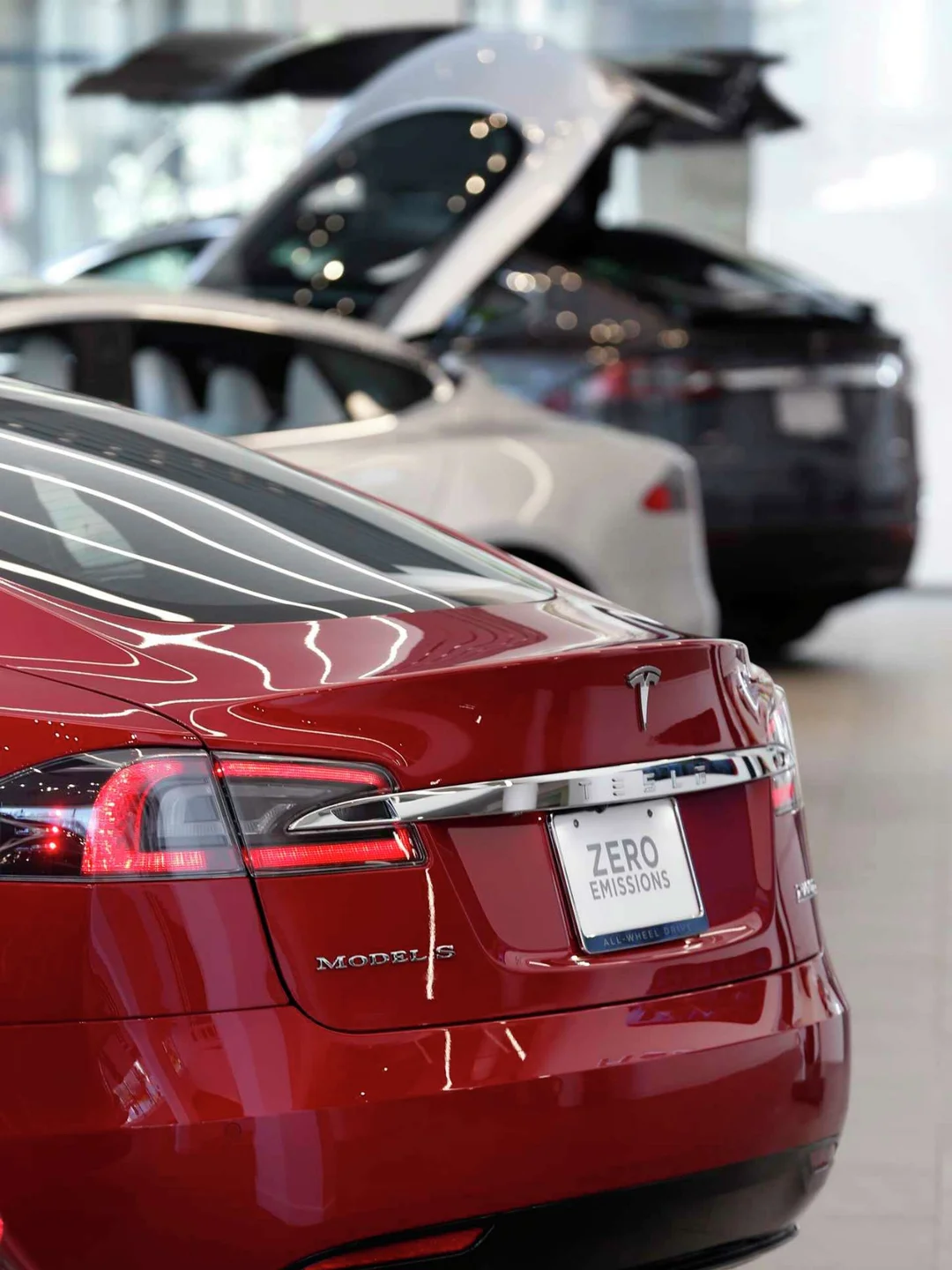
Is California’s Electric Vehicle Revolution Hitting the Brakes?
In the heart of America's green innovation hub, California, electric vehicle (EV) sales are showing signs of a slowdown, raising questions about the state's ambitious climate goals. With recent data highlighting a dip in zero-emission vehicle (ZEV) registrations, experts are debating whether this is a temporary hurdle or a deeper challenge amid political and economic shifts.
The latest figures from the California Energy Commission reveal a 2.6% drop in ZEV sales in the first quarter of 2025 compared to the same period in 2024, totaling 100,326 registrations. This decline marks the third consecutive quarter of falling sales, driven largely by a 21.5% plunge in Tesla vehicle registrations. Analysts attribute this to external factors, including political backlash against Tesla CEO Elon Musk, who has taken a prominent role in the Trump administration's Department of Government Efficiency. Ivan Drury, senior manager at Edmunds.com, noted, "The numbers are very flat, but remarkable given the economic and political turmoil." Despite this, non-Tesla EV sales grew by 14%, with models from Hyundai, Honda, and Ford gaining traction.

Zooming in on the North Bay region, including Sonoma and Napa counties, the trend mirrors statewide patterns. Sonoma County saw a 28% drop in Tesla registrations, while Napa experienced a 23% decline. Local dealers like Manley Hyundai report steady demand for alternatives, with sales specialist Britt Matthews observing, "A lot of people are trying to get rid of their Teslas." This regional shift reflects broader national and international trends, where Tesla sales fell 13% globally and 49% in Europe during the same period, as reported by CNN and the European Automobile Manufacturers' Association.
Yet, state officials remain optimistic. California Air Resources Board chair Liane Randolph emphasized, "California’s clean vehicle market continues to show strong sales, and we are undeterred by this period of limited growth, which is a normal part of the technology adoption cycle." The availability of EV models has surged from 105 to 147 in just a year, offering consumers more choices and supporting the state's mandate to phase out new gasoline-powered vehicles by 2035. Despite potential federal setbacks, like proposed cuts to EV tax credits, California's commitment to stricter emissions standards persists.
This slowdown underscores the complex interplay of politics, economics, and innovation in the EV sector. While Tesla's Model Y and Model 3 still dominate as the top-selling ZEVs, with 20,547 and 13,391 registrations respectively, the rise of competitors signals a diversifying market. As noted by CleanTechnica, nationwide EV sales are up 11.4%, suggesting California's dip may be an anomaly rather than a trend.
In summary, while California's EV sales face headwinds, the state's proactive policies and growing model variety keep the momentum alive. This could be a pivotal moment for sustainable transport. What do you think—will California rebound, or is this a sign of broader challenges? Share your thoughts in the comments and join the conversation on the future of green mobility.